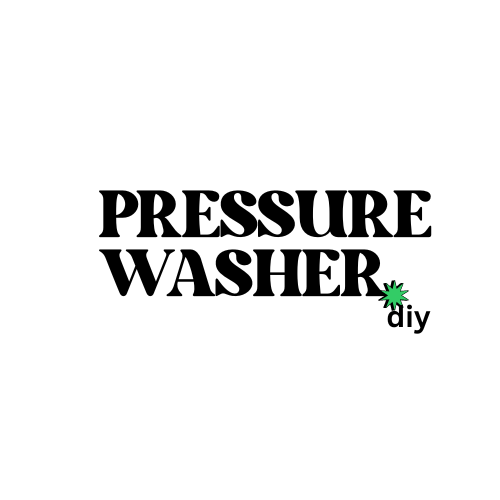Pressure washing home windows can be an efficient and effective way to clean them, but it requires careful attention to detail and safety precautions to avoid damage or injury. This comprehensive guide will walk you through the key steps, technical specifications, and best practices for pressure washing your home windows like a pro.
Preparation
Before you start pressure washing your windows, it’s crucial to properly prepare the area. Begin by covering up any outdoor items or landscaping that you don’t want to get wet, ensuring a clear pathway to walk around the house. Next, close all your windows and make sure they are water-tight. If necessary, use tape to seal any gaps or cracks to prevent water from seeping in. Finally, remove any screens from the windows so you can clean them separately.
Safety Precautions

Pressure washing can be a powerful and potentially dangerous task, so it’s essential to take the proper safety measures. Always wear eye protection, gloves, and closed-toe shoes to shield yourself from the high-pressure water stream. Use a wide-angle nozzle (40- or 65-degree) and set the pressure washer to the lowest pressure setting, typically around 1300-1700 PSI, to avoid damaging the windows or frames. Maintain a distance of at least 3 to 5 feet from the windows to minimize the force of the sprayer. Avoid using a ladder while pressure washing, as it can be unstable and cause kickback.
Cleaning Process
To begin the cleaning process, fill the pressure washer tank with a window cleaner or a mixture of water and dish soap. Attach the widest nozzle and set the pressure washer to the lowest setting. Start spraying the windows at a 40- to 60-degree angle, beginning from the top and working your way down to prevent streaks. Rinse the windows off with plain water using a garden hose or the rinse setting on the pressure washer. Finally, use a squeegee and a microfiber cloth to wipe away any remaining water and ensure a streak-free finish.
Additional Tips
For best results, clean your windows early in the morning when the sun is not directly on them, as this can cause the soap to dry quickly and leave spots or streaks. Consider using a turbo nozzle to reach second-story windows safely, and avoid using high pressure on wooden window frames or caulking to prevent damage. If you have hard water in your area, using a water softener can help prevent the formation of water spots.
Finding a Reliable Pressure Washing Window Cleaning Company
If you’re not comfortable performing the pressure washing yourself or have a large number of windows to clean, you may want to consider hiring a professional pressure washing window cleaning company. When selecting a provider, be sure to check their online reviews and ratings, ask for references and examples of their previous work, verify their equipment and techniques, and get a detailed quote that outlines the services included.
Benefits of Using a Pressure Washer for Window Cleaning
Pressure washing can offer several advantages over traditional window cleaning methods. It is a highly efficient process that can significantly speed up the cleaning process, especially for large areas. Additionally, the high-pressure water can remove dirt and debris more effectively than manual scrubbing, resulting in a more thorough and consistent clean. Finally, pressure washing can be a more cost-effective solution, particularly for homeowners with a large number of windows to maintain.
Technical Specifications
When pressure washing your home windows, it’s essential to use the right equipment and follow the proper techniques to ensure optimal results and avoid damage. Here are the key technical specifications to keep in mind:
- Pressure Washer: Use a pressure washer with a wide-angle nozzle (40- or 65-degree) and a low-pressure setting (around 1300-1700 PSI).
- Nozzle Distance: Maintain a distance of at least 3 to 5 feet between the nozzle and the windows.
- Angle of Spray: Spray the windows at a 40- to 60-degree angle to ensure even coverage and prevent streaks.
- Cleaning Solution: Use a mixture of water and dish soap or a commercial window cleaner specifically formulated for pressure washing.
By following these technical guidelines and the comprehensive steps outlined in this guide, you can effectively and safely pressure wash your home windows to achieve a sparkling, streak-free finish.
References:
– wikiHow. (n.d.). 11 Ways to Pressure Wash Windows. Retrieved from https://www.wikihow.com/Pressure-Wash-Windows
– This Old House. (n.d.). How to Pressure Wash Your Windows. Retrieved from https://www.thisoldhouse.com/windows/91412/how-to-pressure-wash-windows
– Reddit. (2024). How to powerwash these windows. Retrieved from https://www.reddit.com/r/WindowCleaning/comments/1b4rkru/how_to_powerwash_these_windows/
– Reddit. (2023). Can I pressure wash/soft wash to clean windows. Retrieved from https://www.reddit.com/r/pressurewashing/comments/126yzzw/can_i_pressure_washsoft_wash_to_clean_windows/
– Simpson Cleaning. (2021). Can I wash windows with my pressure washer? Retrieved from https://simpsoncleaning.com/can-i-wash-windows-with-my-pressure-washer/
